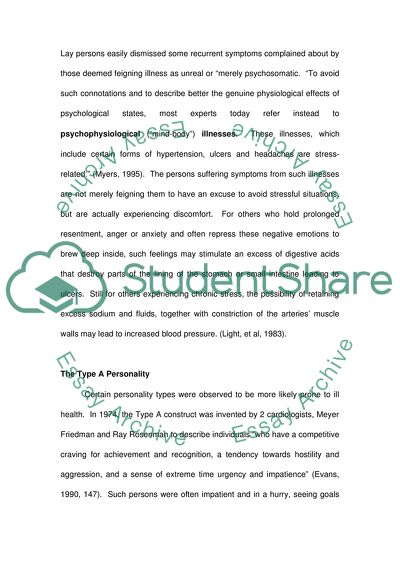Cite this document
(Understanding Personalitys Effects on Health & Illness Coursework, n.d.)
Understanding Personalitys Effects on Health & Illness Coursework. Retrieved from https://studentshare.org/psychology/1706820-introduction-to-psychology-health-illness-and-medicine
Understanding Personalitys Effects on Health & Illness Coursework. Retrieved from https://studentshare.org/psychology/1706820-introduction-to-psychology-health-illness-and-medicine
(Understanding Personalitys Effects on Health & Illness Coursework)
Understanding Personalitys Effects on Health & Illness Coursework. https://studentshare.org/psychology/1706820-introduction-to-psychology-health-illness-and-medicine.
Understanding Personalitys Effects on Health & Illness Coursework. https://studentshare.org/psychology/1706820-introduction-to-psychology-health-illness-and-medicine.
“Understanding Personalitys Effects on Health & Illness Coursework”. https://studentshare.org/psychology/1706820-introduction-to-psychology-health-illness-and-medicine.


